The world of chess is a realm of hierarchy. The chess pieces or chessmen have their respective worth and value.
One particular piece that stands head and shoulders above every chess piece is the king. The king is the most valuable chess piece on the board. To lose your king is to forfeit the game.
Therefore, anything and everything must be done to protect your king and capture the enemy’s king. Like the great chess master Alexander Koblentz once said, “No price is too great for the scalp of the enemy king.”
But how does the king move?
A king moves one square horizontally, vertically, or diagonally in any direction. Note that it must be just one square forward.
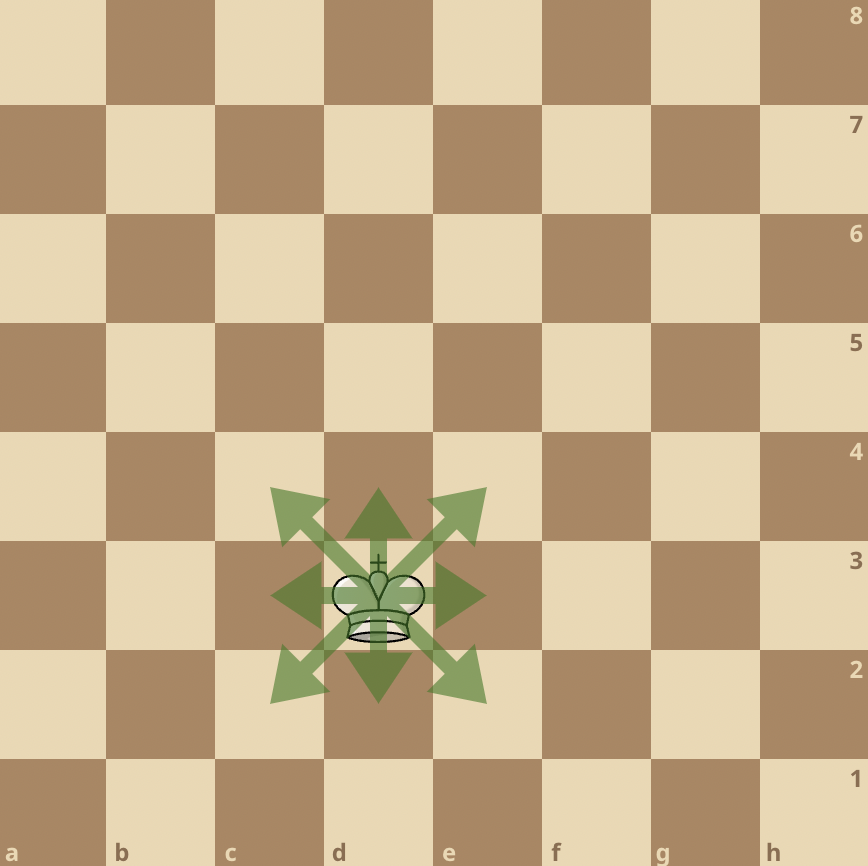
The position above shows the squares a king can move to. As we can see, the king on d3 can move to the squares: c4, d4, e4, c3, e3, c2, d2, e2.
These are 8 squares in total which is the maximum amount of squares that a king in the centre can move to.
What if the king is at an edge like the image below?
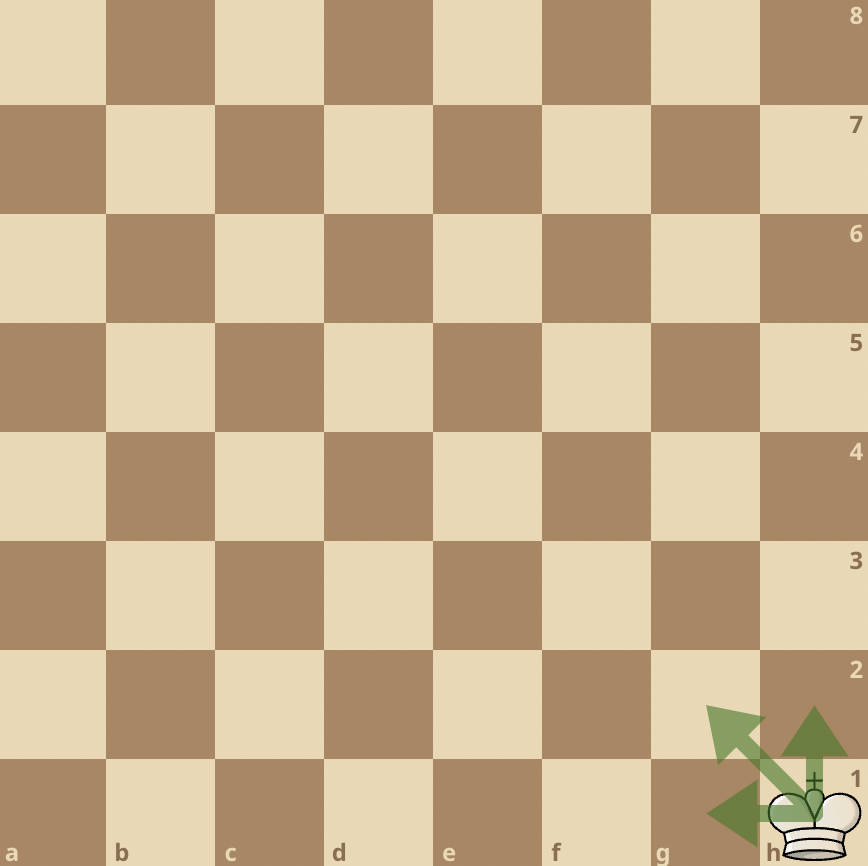
This king on h1 has limited movement as it can only move to 3 squares due to its position at the edge of the board.
It’s important to also understand that a king can’t move to a square already occupied by a piece or move to a square that’ll place it in check.
One of our article expands on this: Can You Castle After Being Checked?
King Safety and Castling
The king might be able to move one square forward in all direction but it has another special move called castling.
Castling is a special move in the game of chess where a player moves his king two squares on the board toward a rook of the same rank and moves the rook to the king’s other side.
The point of castling is to give the king a more secure cover by taking it away from the active centre to the quiet flanks.
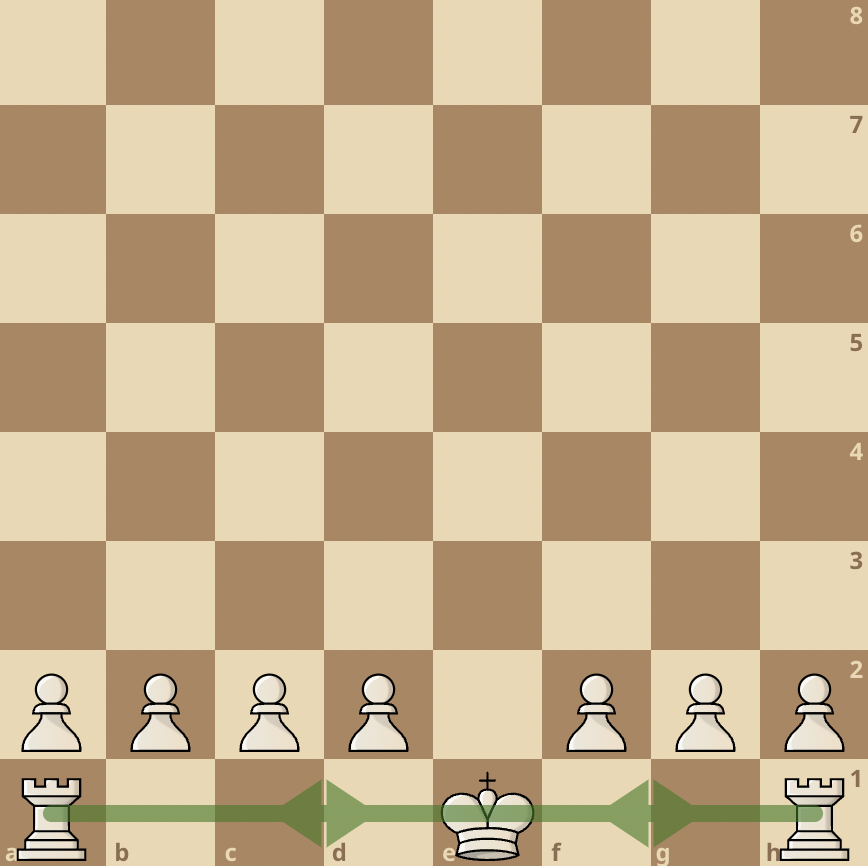
From the position above, White can either castle kingside (right) or castle queenside (left).
Kingside castling is called castling short, while queenside castling is known as castling long.
In the same vein, the notation for kingside castling is denoted by 0-0 while queenside castling is denoted by 0-0-0.
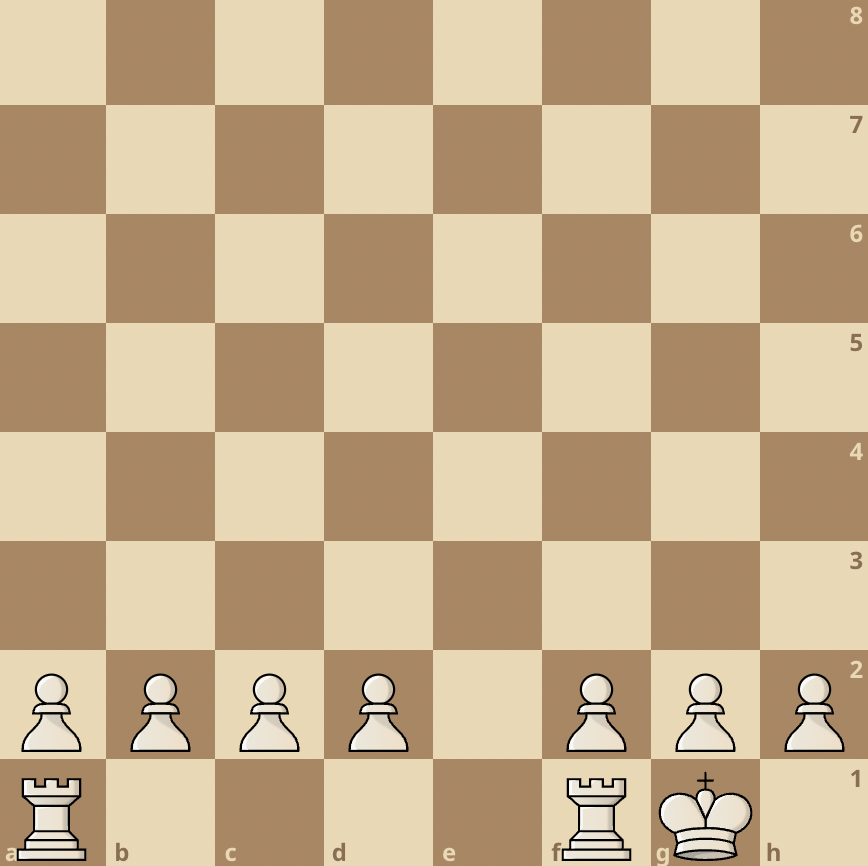
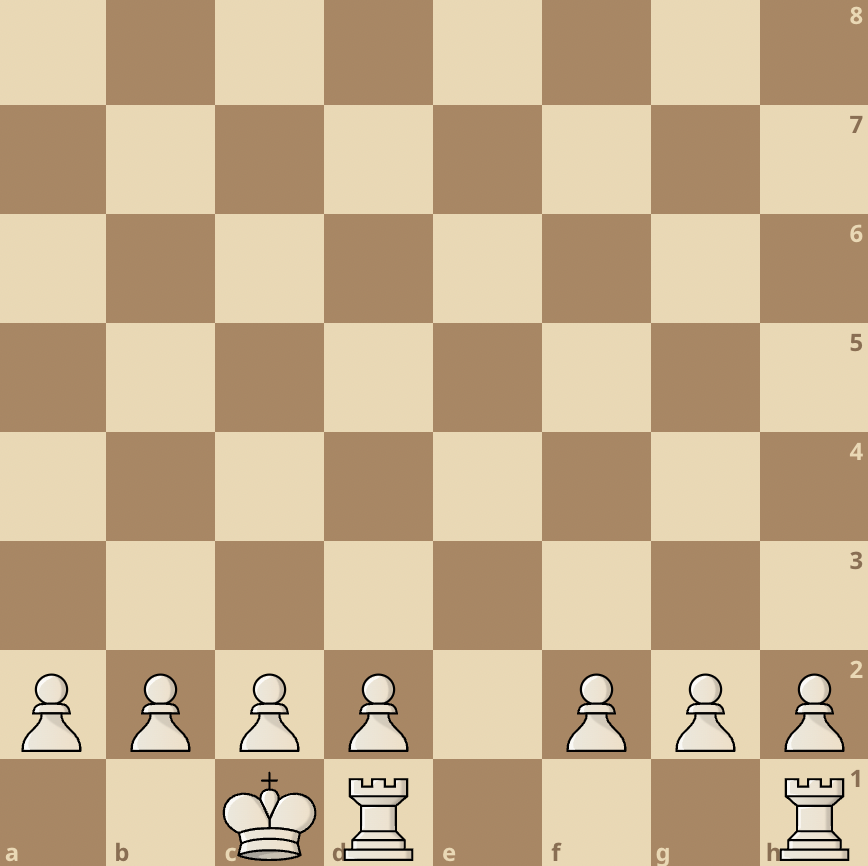
The topic of castling is a tricky one as there are rules and guidelines that explain how this should be done properly.
Check out our main guide on castling in chess to learn more.
Concluding Thoughts
Trust we’ve answered your question on how the king moves in chess.
We understand that this might not be the most comprehensive guide out there, which is why we’ll recommend that you read some of our attached articles for a more holistic coverage.

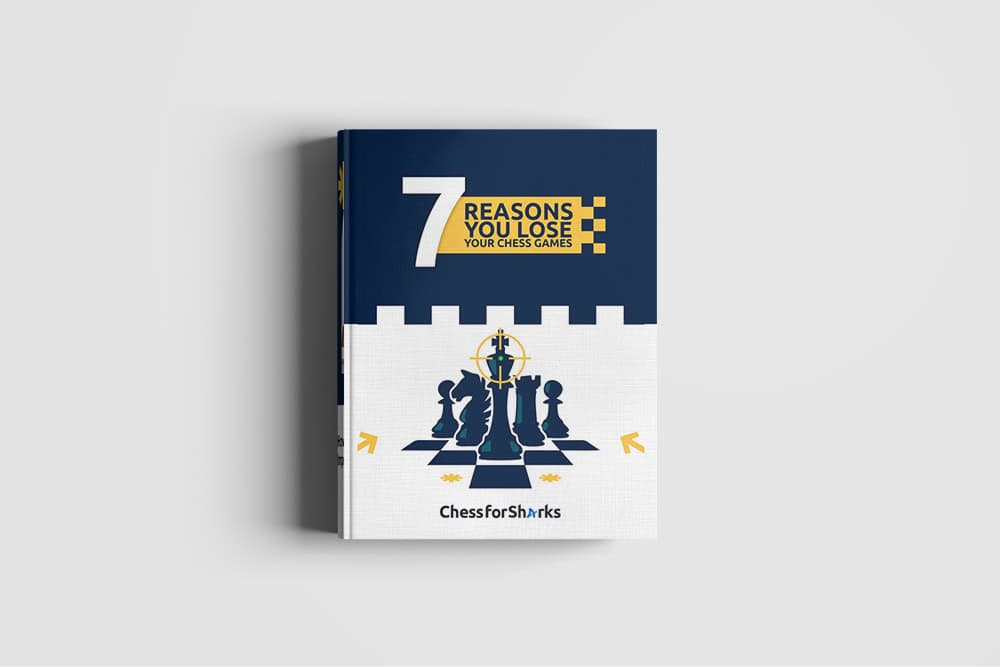
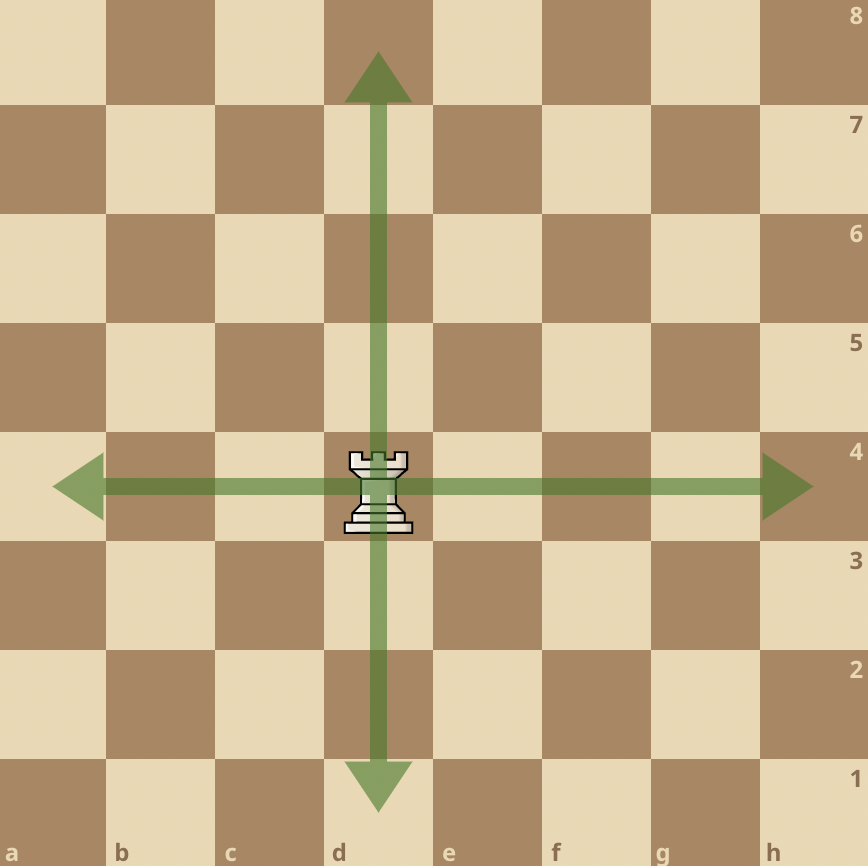
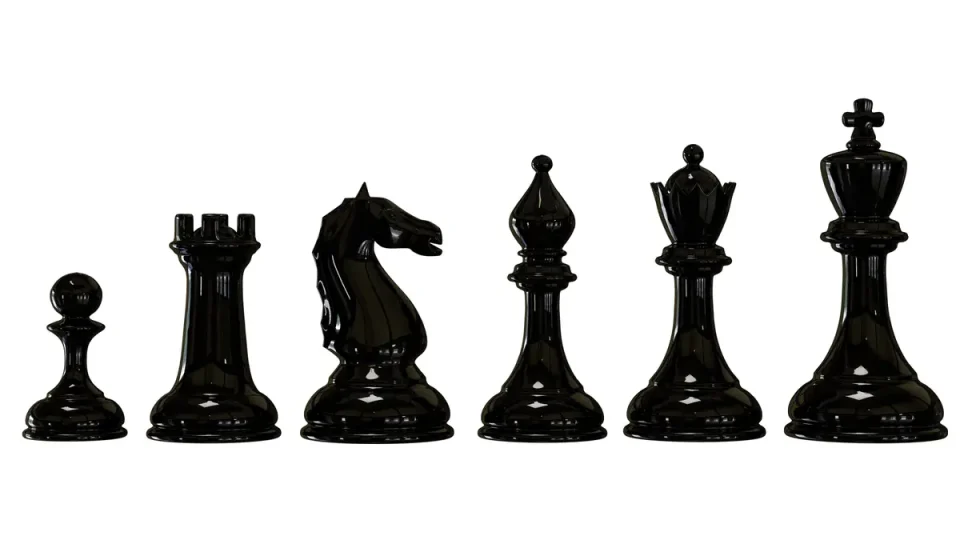
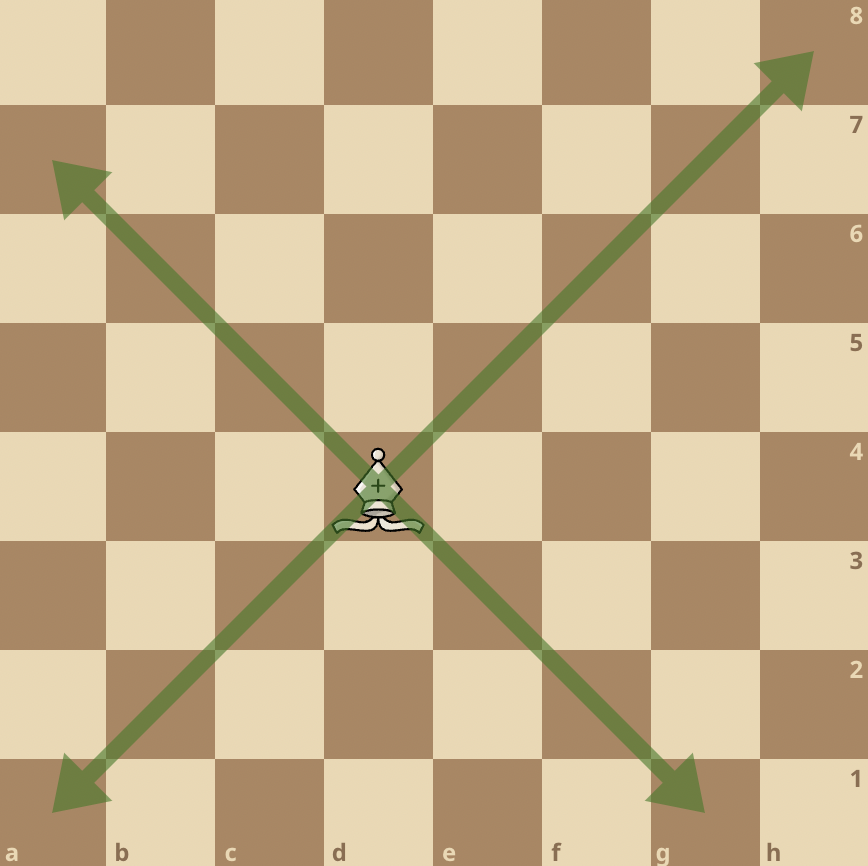
join the conversation